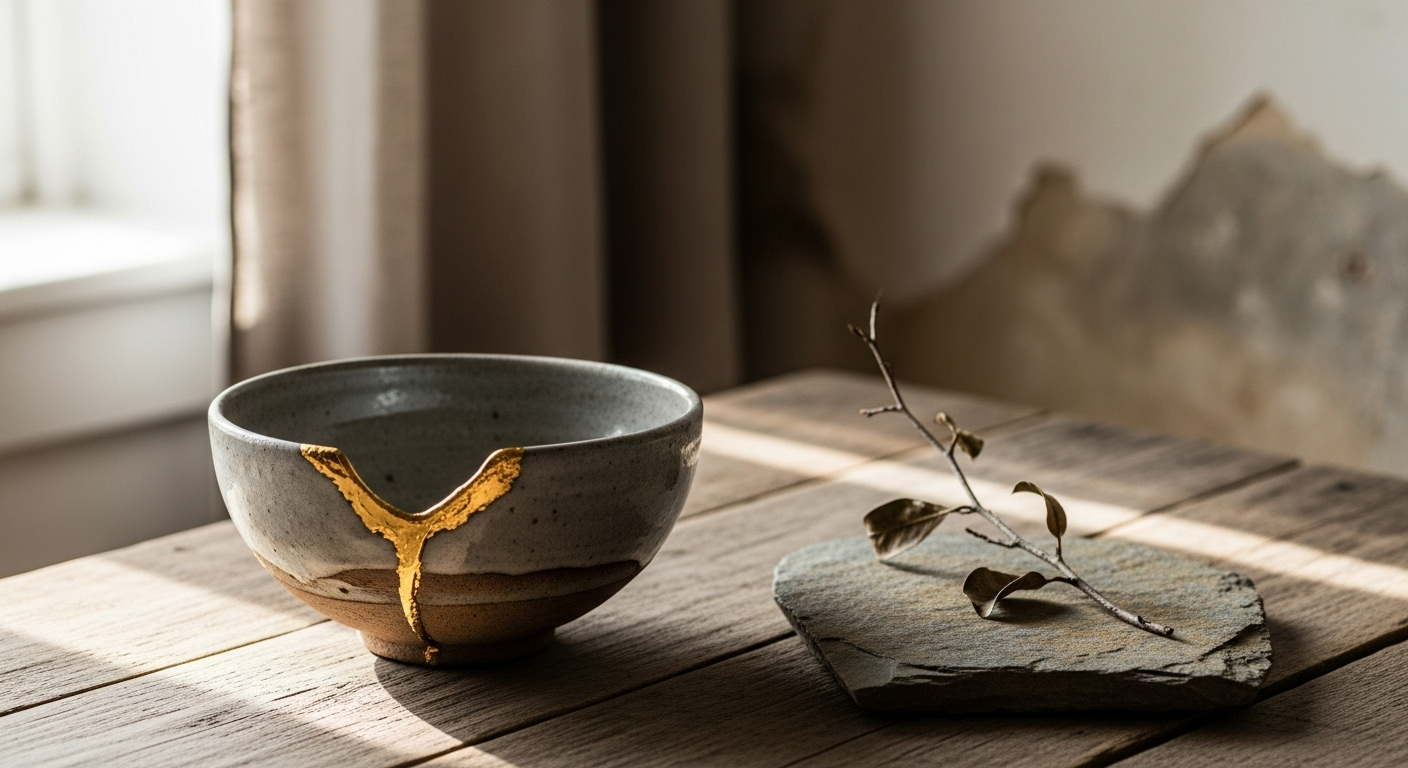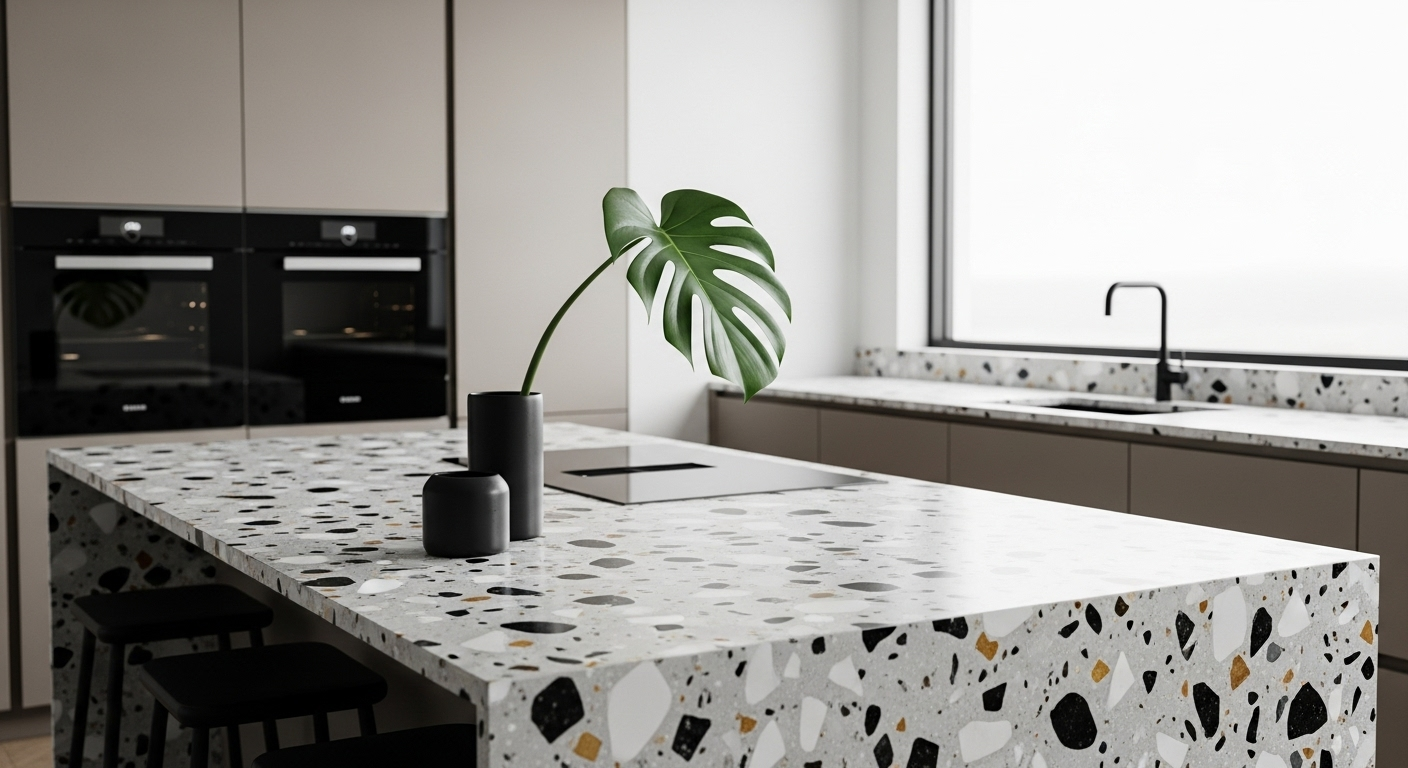Unraveling the Charm of Imperfection: The Wabi-Sabi Aesthetic in Home Decor
Wabi-Sabi, a guiding philosophy of Japanese aesthetics, is a concept that celebrates the beauty of imperfection. In a world obsessed with flawlessness, this unique approach to design is a breath of fresh air, a step away from the usual. It communicates an understanding of the transient nature of life, highlighting the beauty in the natural aging process of objects and materials.

Wabi-Sabi: A Historical Overview
Wabi-Sabi has a rich history, with roots dating back to the 15th century. It initially emerged as a reaction to the ostentatious, heavily ornamented designs of the era. This design philosophy was a shift towards simplicity, imperfection, and natural beauty. Wabi-Sabi, in essence, represents an appreciation of the rustic, the worn, and the imperfect. It’s all about embracing the genuine and the real, disdaining the artificial, and appreciating the beauty of things in their most natural and imperfect states.
The Modern Interpretation of Wabi-Sabi
In contemporary home styling, Wabi-Sabi is reflected in the use of natural materials, imperfect finishes, and objects that carry a sense of history. It’s about using pieces that are handmade, worn, or weathered, and embracing the beauty of imperfection. Modern Wabi-Sabi rejects mass-produced, perfect items, opting instead for those with character and a story to tell.
Wabi-Sabi in Practice: Trends and Techniques
Incorporating Wabi-Sabi into your home doesn’t require a total redesign. It’s about making mindful choices and embracing the beauty of imperfection. Here are a few ways you can introduce the Wabi-Sabi aesthetic into your space:
-
Natural Materials: Use natural materials like wood, stone, and clay. These materials age beautifully and carry a sense of warmth and authenticity.
-
Handmade Objects: Choose handmade items over mass-produced ones. Handmade pieces, with their slight variations and imperfections, carry a unique charm that cannot be replicated.
-
Weathered and Worn: Embrace weathered and worn items. A faded rug, a chipped vase, or a worn-out wooden table – these items tell a story, adding depth and character to your space.
-
Simplicity: Keep it simple. Wabi-Sabi is about going back to the basics, so avoid clutter and unnecessary items.
The Impact of Wabi-Sabi on Daily Living
Embracing Wabi-Sabi in your home can have a profound impact on your daily life. It promotes a slower, more mindful lifestyle, encouraging us to appreciate the beauty in the ordinary. It’s a reminder that perfection is not the pathway to beauty—imperfection, with all its quirks and idiosyncrasies, is beautiful in its own right.
Conclusion
In a world where we’re constantly pursuing perfection, the Wabi-Sabi aesthetic offers a refreshing perspective. It’s a celebration of the imperfect, the transient, and the humble. By incorporating the principles of Wabi-Sabi into our homes, we not only create spaces that are unique and full of character, but also cultivate a mindset that values authenticity, simplicity, and the beauty of natural imperfection.





